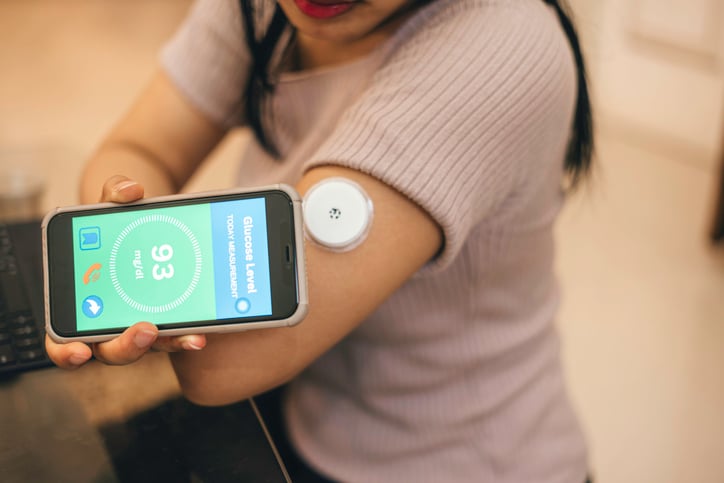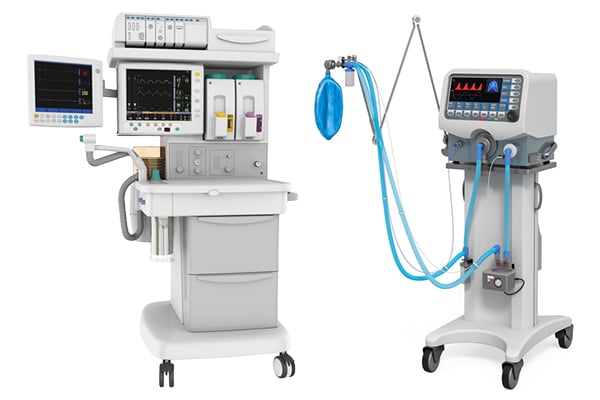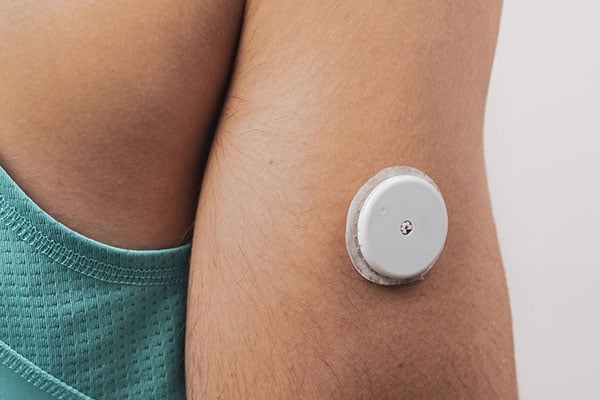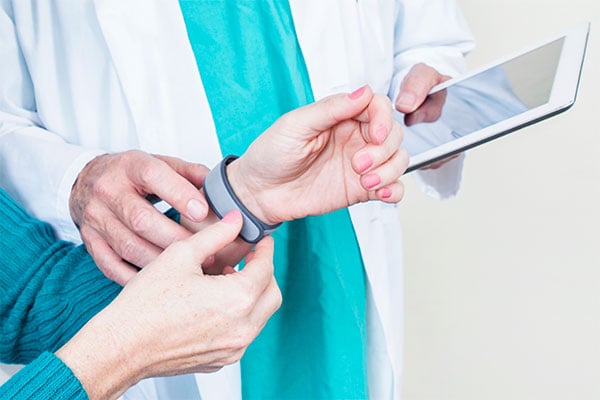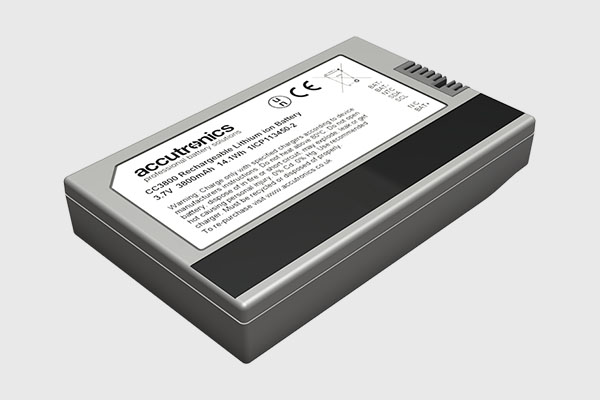U.S. Health Secretary Robert F. Kennedy Jr. says wearables can help Americans learn the impact of diet on their health, including "what food is doing to their glucose levels". When most people think of wearables, they think of smartwatches. However, smartwatches cannot directly measure glucose levels, so what devices can be used and how can the manufacturers integrate the optimum battery to keep these devices practical to use whilst reliably transmitting the data?
Wearables can help Americans learn the impact of diet on their health, says RFK Jr.
[fa icon="calendar"] Jul 1, 2025 12:27:25 PM | posted in Medical industry insight
ISO 13485 Certified Battery Manufacturing for Medical Applications
[fa icon="calendar"] Nov 26, 2024 3:10:17 PM | posted in Medical industry insight
Ultralife’s facilities in the USA, UK, Canada, and China manufacture battery packs and chargers for the medical and healthcare sector (USA and China also manufacture cells).
Benefits of Pre-engineered and Custom Batteries to MedTech Manufacturers
[fa icon="calendar"] May 23, 2024 1:18:47 PM | posted in Medical industry insight
MedTech OEMs often approach Ultralife to ask if they should choose one of our pre-engineered (off-the-shelf) batteries or have a custom solution developed. The truth is that, with over 15 years' experience in manufacturing batteries for medical devices, there are many advantages to choosing Ultralife for either option.
MedTech on wheels throughout the decades
[fa icon="calendar"] Apr 9, 2024 12:22:48 PM | posted in Medical industry insight
~ How new batteries make transportable MedTech more fit-for-purpose ~
For over five decades, with the help of battery power, medical devices on wheels have been a cost-effective and invaluable option for hospitals. Every year new devices are introduced to the market. Fortunately, to ensure that all these old and new devices can fit around the patient's bedside, the technological advancement of various components, such as batteries, means it is now possible to design effective functionality into smaller footprints. Here, we look at MedTech on wheels throughout the decades and how new battery technologies have emerged to better serve the need for compact size and higher performance.
It’s not a phone Nikita Kuzmin had in the Celebrity Big Brother house
[fa icon="calendar"] Mar 21, 2024 3:03:04 PM | posted in Medical industry insight
Ultralife manufacture Thin Cells® for CGM sensors and rechargeable batteries for handheld receivers, plus Thin Cells® can be used in insulin pump patches
Working 9 to 5, treating patients or finding equipment?
[fa icon="calendar"] Jul 21, 2022 2:39:51 PM | posted in Medical industry insight
~ How RFID can help healthcare maintain an effective working environment ~
Batteries can help the remote patient monitoring market to grow
[fa icon="calendar"] Jun 15, 2022 2:02:00 PM | posted in Medical industry insight
~ Remote patient monitoring could grow by 128 percent but is the power sufficient? ~
Bring bomb disposal, surgical and logistics robots to life
[fa icon="calendar"] Dec 1, 2020 3:07:00 PM | posted in Medical industry insight, Robotics
Robots for military, medical, surveillance and logistics purposes are all assisting humans by undertaking dangerous or monotonous tasks but can still have very different power needs, based on the legislations they are subject to and their reliance on battery power. Here we examine the vital functionalities of bomb disposal robots, drones, surgical robotics and logistics robots that can influence the power solutions they require.
Handheld and wearable medical device battery challenges
[fa icon="calendar"] Nov 26, 2020 2:11:00 PM | posted in Medical industry insight
For large medical devices, battery power is mainly used as a backup in case of mains failure. For handheld and wearable devices however, they are the primary power supply. Any downtime could threaten the well-being of the patient, which makes the efficacy of the batteries just as vital as the monitors or sensors they might be powering.
Does Sliding Doors hold the key to supplier day meetings?
[fa icon="calendar"] Aug 29, 2019 12:27:00 PM | posted in Medical industry insight


